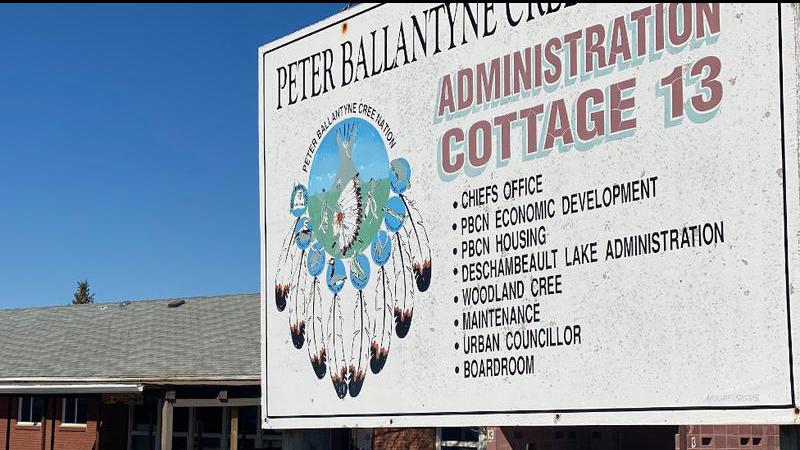
Of government and golf courses: Mulroney’s East Coast experiment, 30 years later
HALIFAX — Ben Cowan-Dewar was a bright-eyed 25-year-old entrepreneur when he visited Inverness, N.S., and saw a jaw-dropping landscape fit for a luxury golf course.
Past the abandoned mines and hardscrabble edges of the Cape Breton village, he envisioned a boutique 18-hole course and upscale resort perched atop craggy cliffs.
“It was a magical day,” Cowan-Dewar said recalling his first impressions of the coastline. “There was a mile of ocean frontage that mirrored the great links courses of Scotland and Ireland.”
The trouble was money.


